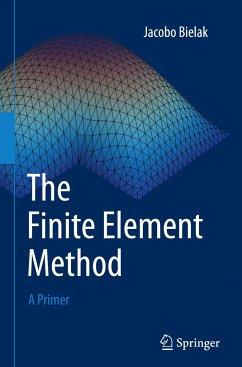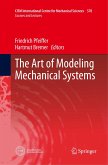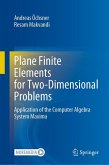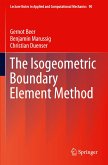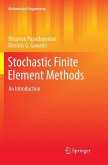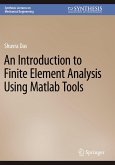This textbook introduces the widely used numerical technique FEM in various engineering disciplines for the analysis of structures, heat transfer, fluid dynamics, and other physical phenomena.
Appropriate for interested senior undergraduate engineering students and beginner graduate students in a one-semester introductory course, this book provides a clear understanding of the main issues in FEM.
Looking at the FEM as a variational approximation method that uses localized piecewise polynomial basis functions for the solution of boundary-value problems (BVP) and initial boundary-value problems (IBVP), the book uses examples to apply this technique to various problems of physical interest, e.g., elasticity, heat conduction, advection-diffusion, etc. One-dimensional (1D) problems are presented first to make it easier to grasp the fundamental concepts associated with the formulation and application of the FEM; then, the methodology is extended to more challenging 2D and 3D problems that involve somewhat greater mathematical complexity. For simplicity, the book deals with problems that are specified in terms of a single set of state variables, such as displacements or temperature. Finally, due to the introductory nature of this text, only linear problems are considered.
Appropriate for interested senior undergraduate engineering students and beginner graduate students in a one-semester introductory course, this book provides a clear understanding of the main issues in FEM.
Looking at the FEM as a variational approximation method that uses localized piecewise polynomial basis functions for the solution of boundary-value problems (BVP) and initial boundary-value problems (IBVP), the book uses examples to apply this technique to various problems of physical interest, e.g., elasticity, heat conduction, advection-diffusion, etc. One-dimensional (1D) problems are presented first to make it easier to grasp the fundamental concepts associated with the formulation and application of the FEM; then, the methodology is extended to more challenging 2D and 3D problems that involve somewhat greater mathematical complexity. For simplicity, the book deals with problems that are specified in terms of a single set of state variables, such as displacements or temperature. Finally, due to the introductory nature of this text, only linear problems are considered.

